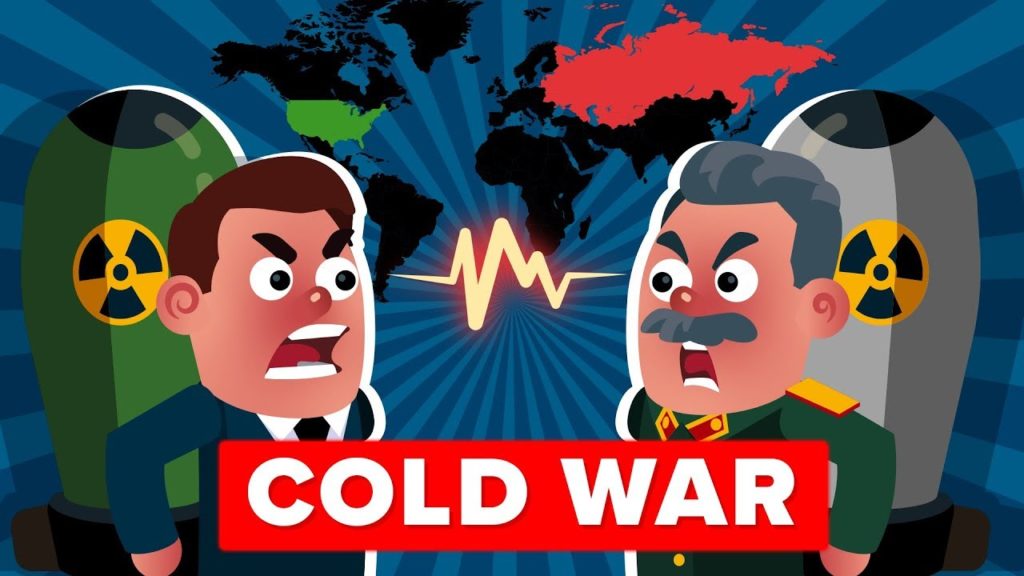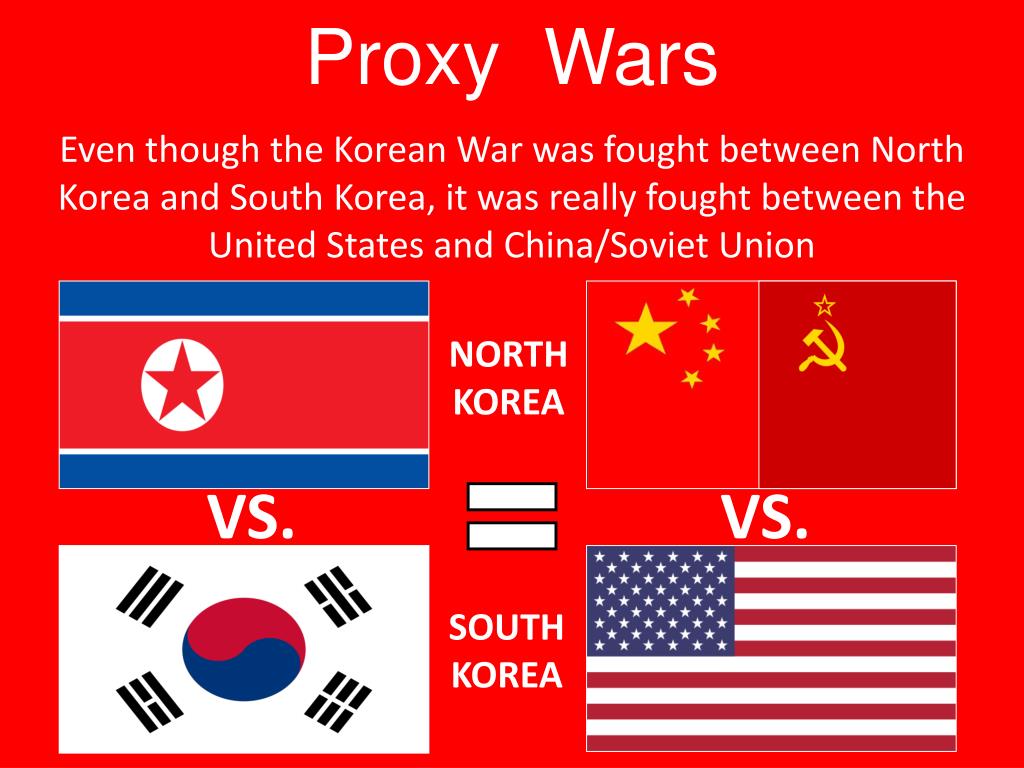
Proxy warfare was motivated by fears that a conventional war between the United States and the Soviet Union would result in nuclear holocaust. The Ottoman Empire used Barbary pirates as proxies to harass Western European powers in the Mediterranean Sea.īut during the Cold War, they became largely popular. France and England valued them as a useful extension of their pre-existing conflict during the Hundred Years’ War. During classical antiquity and the Middle Ages, many non-state proxies were external parties that became part of a conflict.įor example, medieval states like the Byzantine Empire used proxy wars as a foreign policy to cultivate intrigue among hostile rivals. You might think proxy wars became popular during the Cold War. Usually, that type of relationship involves funding, military training, arms, and other forms of material assistance. The simple definition is the following, “a proxy war is an armed conflict between two states or non-state actors which act on the instigation or on behalf of other parties that are not directly involved in the hostilities”.įor one conflict to be considered a proxy war, there must be a direct, long-term relationship between external actors and the belligerents involved.

What are proxy wars? What is their history? Do we still have examples today? Why nations embark into proxy wars? What are the downsides? Let’s discuss.

During the Cold War, the term proxy war became largely popular.

The aggression between the US and the USSSR spilled into places like Angola, Vietnam, and many more. But there was plenty of real violence as well. The Cold War was largely a war of threats.


 0 kommentar(er)
0 kommentar(er)
